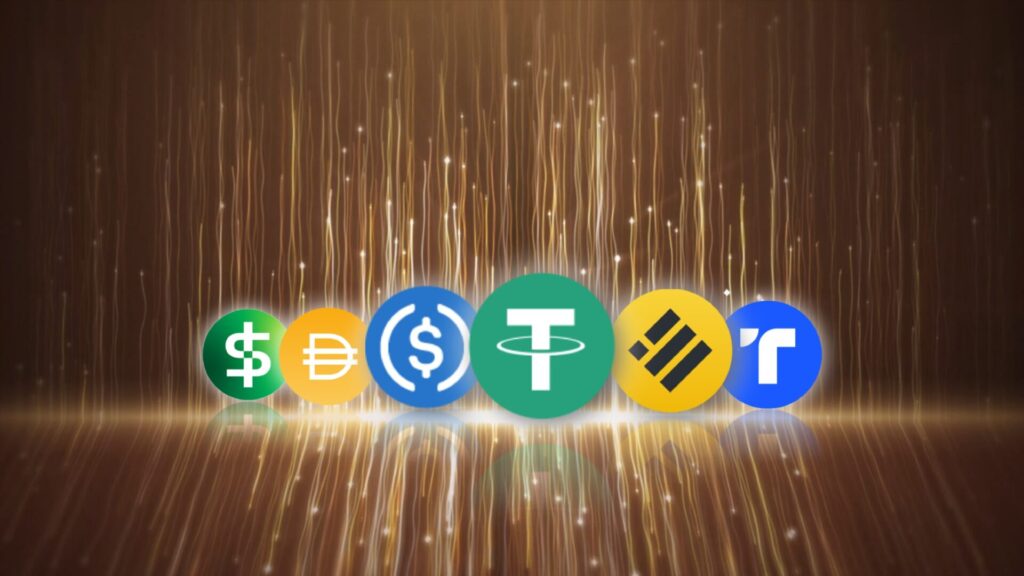
In the turbulent world of cryptocurrencies, a new trend is becoming increasingly visible: a decline in interest in stablecoins. Is this a temporary decline or a lasting change in the world of digital finance? What are the reasons for this flight?
When we talk about cryptocurrencies, we often think of unpredictability. That’s why stablecoins were created – cryptocurrencies aiming for value stability. Although we have observed a decline in stablecoin market dominance for 18 months, the question remains: why?
According to the CCData report, the market capitalization of the stablecoin sector in July was $124 billion. Despite this, the largest stablecoin by market capitalization, Tether (USDT), continues to grow. Stablecoins are usually backed by fiat currencies, but some are based on other cryptocurrencies, commodities, or algorithms.
The unclear reasons for the decline in interest in stablecoins may be complex. The sector may have been affected by issues such as the suspension of fiat deposits on Binance.US due to a lawsuit or MakerDAO’s decision to withdraw USDP from reserves.
Although stablecoin trading volume increased by 10.9% to $406 billion in August, activity on centralized exchanges is declining. Surprising events, such as SEC lawsuits against Binance and Coinbase exchanges and the race to introduce a Bitcoin ETF, affected the increase in stablecoin trading volumes.
Digging deeper, we can notice that the decline in market capitalization of the stablecoin sector could significantly impact the broader cryptocurrency market. Stablecoins often serve as a medium of exchange and store of value in crypto transactions. Therefore, if demand for stablecoins drops, it could reduce liquidity and efficiency of the crypto market.
Becky Sarwate from the cryptocurrency trading platform CEX.IO pointed out some changes in the stablecoin sector. USDC experienced some fluctuations, which affected the entire market.
According to Thomas Perfumo from the Kraken cryptocurrency exchange, stablecoin market capitalization “reflects market demand.” However, Peli Wang from Bracket Labs noted that leading stablecoins USDT and USDC recorded a 23% drop in market capitalization over the past year.
In conclusion, it seems that the motivation to hold stablecoins is declining, while the motivation to hold cash and other securities in traditional finance is increasing.
However, a new player in the market, such as PayPal, which introduced a new stablecoin called PayPal USD in August, could potentially restore investor confidence. Nevertheless, much depends on whether stablecoins will begin to offer equivalent returns as securities, or whether deposit and withdrawal processes become so efficiently operating that the market starts to fluctuate more strongly.
Photo by CoinWire Japan on Unsplash
